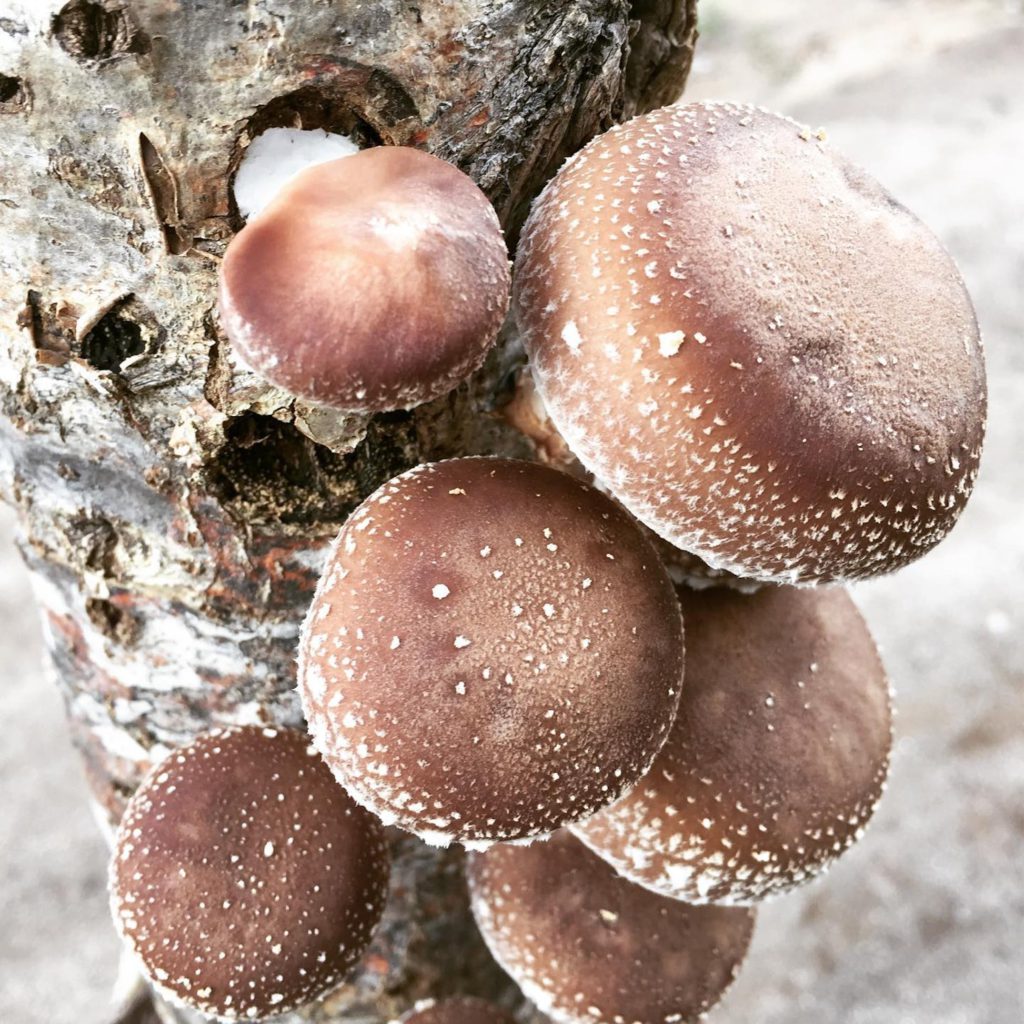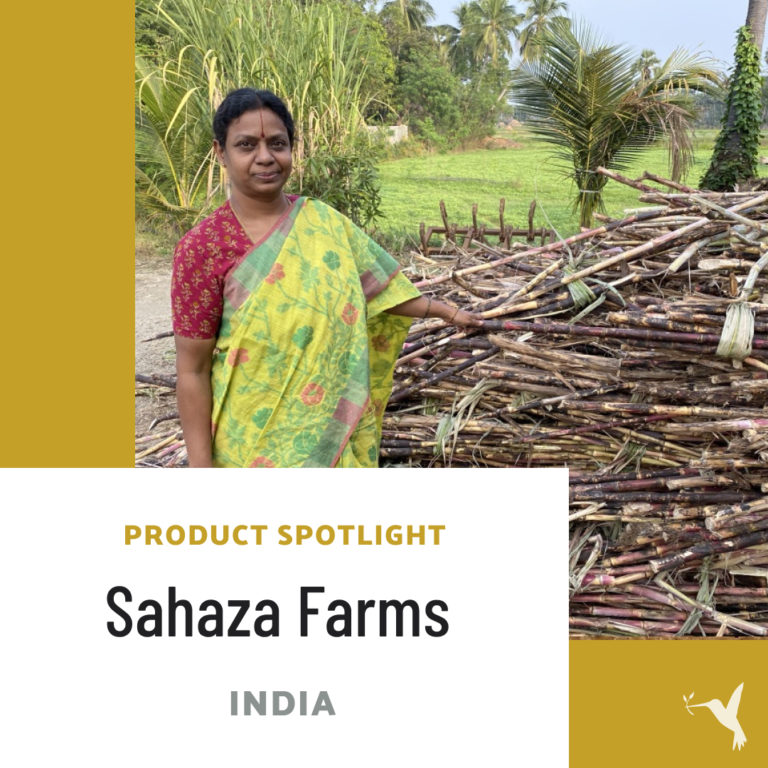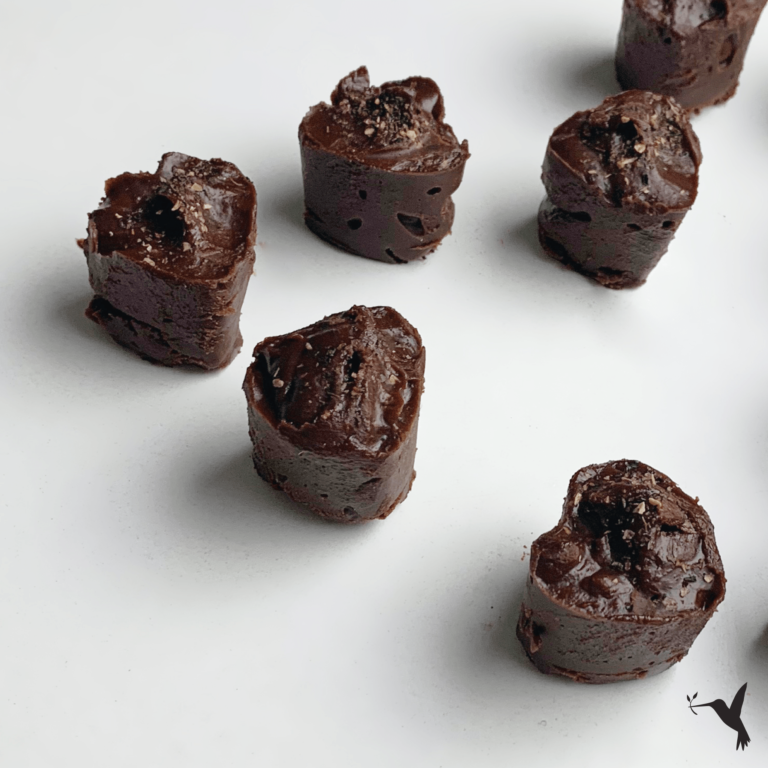The Wild World of Fungi
How Mushrooms Could Solve Some of Our Greatest Challenges
There are superheroes among us.—and below us, in fact. They live in our waters, air, within and on top of soils. They are critical for life on earth. They have so much to offer and so many interesting characteristics that it is impossible to list them all here.

These superheroes are what we commonly call mushrooms. Mushrooms however, are just the top, or fruiting part of the organism. The incredible world of fungi goes much deeper, and we want to take you on a shallow dive into that world to explore the fascinating solutions it may contain.
Mushrooms: More Than Just a Pizza Topping
To understand just how cool mushrooms are, we have to first go into the soil. Mushrooms are in fact the “fruit” of various fungi. (Fruit on pizza?!) The majority of the fungal organism lives in the soil, a vast network of mycelium, or incredibly tiny threads that wrap around or bore into tree roots. Mycorrhiza is this technical term for interwoven network, and it functions as a symbiotic relationship between a fungus and a plant.
In healthy forests, each tree is connected to others via this network, which enables trees to share water and nutrients. For example, when saplings grow in particularly shady areas, not enough sunlight reaches their leaves to perform adequate photosynthesis. For survival, the sapling relies on nutrients and sugar from older, taller trees sent through the mycorrhizal network.
A forest is a community where both trees and fungi play vital roles. Unsurprisingly, humans need healthy forest communities for our own health and our planetary health.
Mushrooms That Eat Plastic
Humans have made about 9 billion tons of plastic since the 1950s, only 9% of which has been recycled and 12% incinerated. The remaining 79% accumulates in landfills or the natural environment. According to recent estimates, there are around 150 million tons of plastic in our oceans. By 2050, there could be more plastic than fish.
Plastic has some great uses; however, our dependency and wastefulness is destroying the environment. Can mushrooms help?
In 2011, a group of Yale students in Ecuador observed the mushroom Pestalotiopsis microspora. Mycoremediation is the natural process that fungi use to degrade or isolate contaminants in the environment, and this fungus can digest and break down polyurethane plastic, even in an air-free (anaerobic) environment—making it potentially effective even at the bottom of landfills.
Since then, scientists around the world have continued to discover more fungi that can degrade different types of plastic. Currently, there are more than 50 known types of fungus that can perform this amazing trick.
Great, Pollution is Solved!
As with any solution, there is no easy route to “solving” pollution. The first big challenge is typical of our extractive and linear systems: money. The most common obstacle in most innovative scientific research is finding funds.
The other challenge is scale. Initial experiments took several months to fully degrade a small amount of plastic. That’s much shorter than plastic’s normal lifespan, but still won’t be enough to keep up with the global production of plastic. Is there a way to get the fungi to work faster and to process bigger batches?
Even with the challenges, the possibilities—from in-home individual mushroom composters to large mushroom-led recycling centers—are exciting. We feel hopeful.
Mushrooms As BioFuels
Fungus can also help with making cleaner and more environmentally-friendly biofuels. Aren’t biofuels already friendly? To burn, yes. Making biofuels with corn and sugarcane, however, is costly, consumes a lot of energy and water, and competes for land with food farming.
Fuels made from cellulosic materials such as wood, grasses, and waste paper would be more sustainable, since they wouldn’t displace food crops. Again, the challenge has been with scale.
Mushroom superheroes to the rescue again! We now know that a bacteria in mushroom-growing substrates can convert cellulose to biobutanol, a liquid fuel that can directly replace gasoline. The discovery could lead to a simple, low-cost method to produce butanol from non-food plants and waste biomass.
How Fungi Help Forests (and us) Solve Climate Emergencies
By now, we should know the basics, but it’s worth repeating. Human fossil fuel consumption (and cow farts) emits CO2 into the atmosphere, a heat-trapping gas that drives global warming and climate change. The higher the concentration of CO2 in the atmosphere, the warmer the planet will be. Thanks to forests, not all of our CO2 emissions go straight into our atmosphere. Trees (and other plants) consume CO2 during the process of photosynthesis and then sequester the carbon in tree trunks and forest soils. Forests are currently absorbing one third of all human CO2 emissions.
Enter mushrooms. (Aka. Climate warriors.) Fungi play a critical role in helping forests absorb carbon and combat the potential impacts of climate change.
Remember the mycorrhiza from earlier? A particular variant of this, ectomycorrhizal fungi, helps trees and forests absorb CO2 more quickly.
Ecologist Suzanne Simard hypothesizes that the mycelium fungus linking the trees is motivated by the need to secure its own source of carbon. The mycorrhizal network keeps the trees healthy and the fungi’s supply of carbon consistent. As a sort of payment for their services, the mycorrhizal fungi retain about 30% of the sugar that the connected trees generate through photosynthesis. Sugar fuels the fungi, which in turn collects phosphorus and other mineral nutrients into the mycelium. These are transferred to the trees. While the fungi are often acting in their own best interests, they facilitate the health and survival of even the biggest trees. We need thriving forests with healthy mycorrhizal networks all over the planet.
Maybe it will be in the best interest of all of us to let the fungi take the lead for a while.
Mushroom Health & Other Benefits: It All Comes Back to Pizza
There are many ways to consume mushrooms, and many reasons why you should. Mushrooms are often called a superfood, and most types of culinary mushrooms are loaded with nutrients—vitamins, antioxidants, minerals, and more. Of course, not all mushrooms fall into the superfood category, since some are toxic and others are hallucinogenic. Here’s a quick list of medicinal mushrooms and culinary favorites.
Lion’s Mane is a mushroom that offers mental clarity, alertness, nerve health, and overall brain support.
Reishi, the “mushroom of immortality,” supports the immune system. It is a superior adaptogen, working with the body to help manage everyday physical, mental and emotional stressors.
Chaga is a free radical-fighting powerhouse, with significant antioxidant and immunity-supporting benefits.
Turkey Tail contains prebiotics that improve gut health and support immune system vitality.
And some of our favorite culinary mushrooms include classic button mushrooms (pizza!) to shitake, oyster, maitake, and portobello (everyone’s favorite vegetarian “steak”).
Not to be left out of the fashion industry, mushrooms can be a source of vegan leather, too. Finally, there is a lot of new research happening around hallucinogenic mushrooms and their potential support for mental health (in the right dosages and environments, of course).
Mushrooms Producers In Our Network
Nosi Fungus
This brand is based in South Africa, where the Nosi team wild forages over 1,000 tons of mushrooms from the conifer forests. They control all aspects of their supply chain to ensure quality products and processes that honor the importance of mushrooms.
The Mushroom Farm
Drawing on the rich history of the California coast, The Mushroom Farm has visions for a holistic future. They not only produce mushrooms, but focus on strengthening the resilience of local food systems, supporting local businesses, ecological education, and serving those in need.
Casa do Chascada
This brand is a Portugal-based Shitake mushroom producer. The small company is woman-led and woman-run.
Learn more about these and other mushroom producers on our marketplace. You’ll surely be inspired to hop on the mushroom bandwagon.


